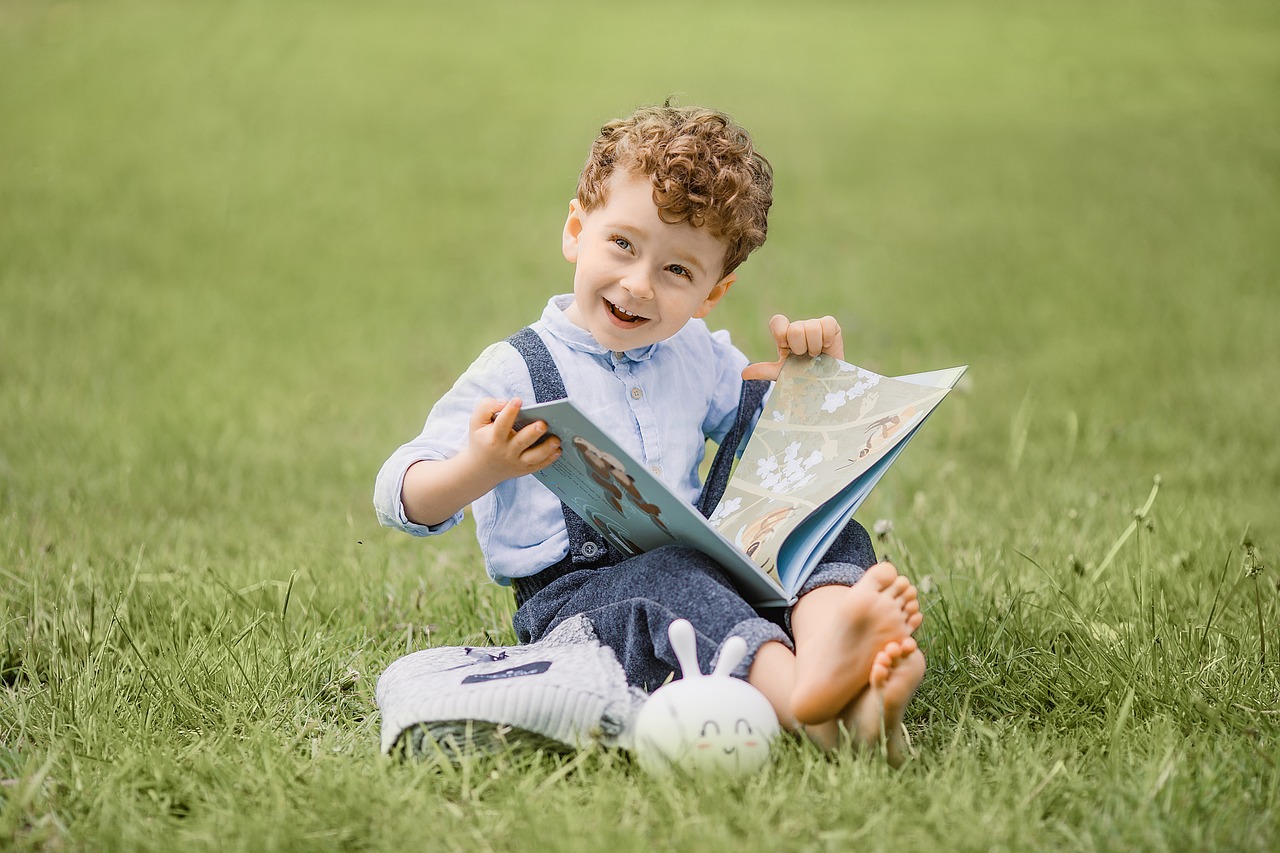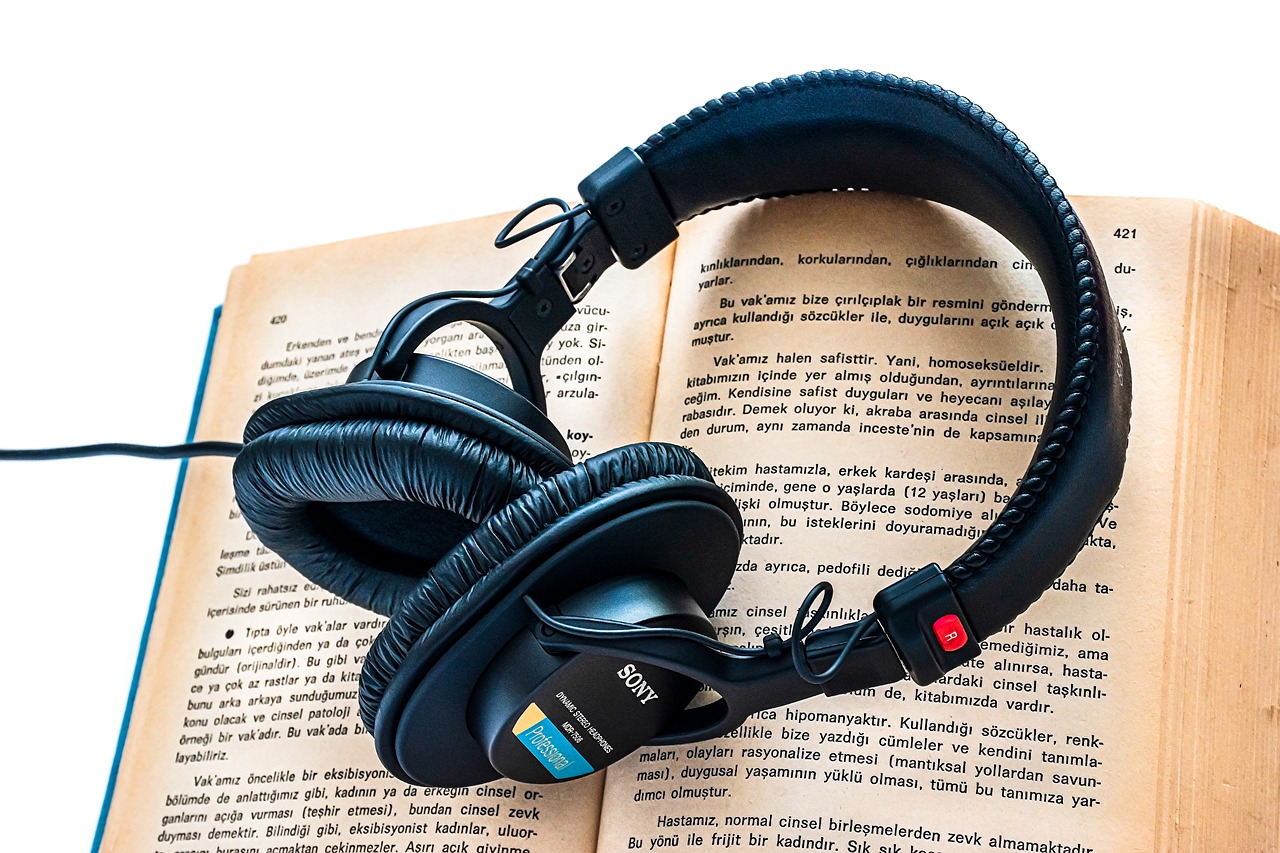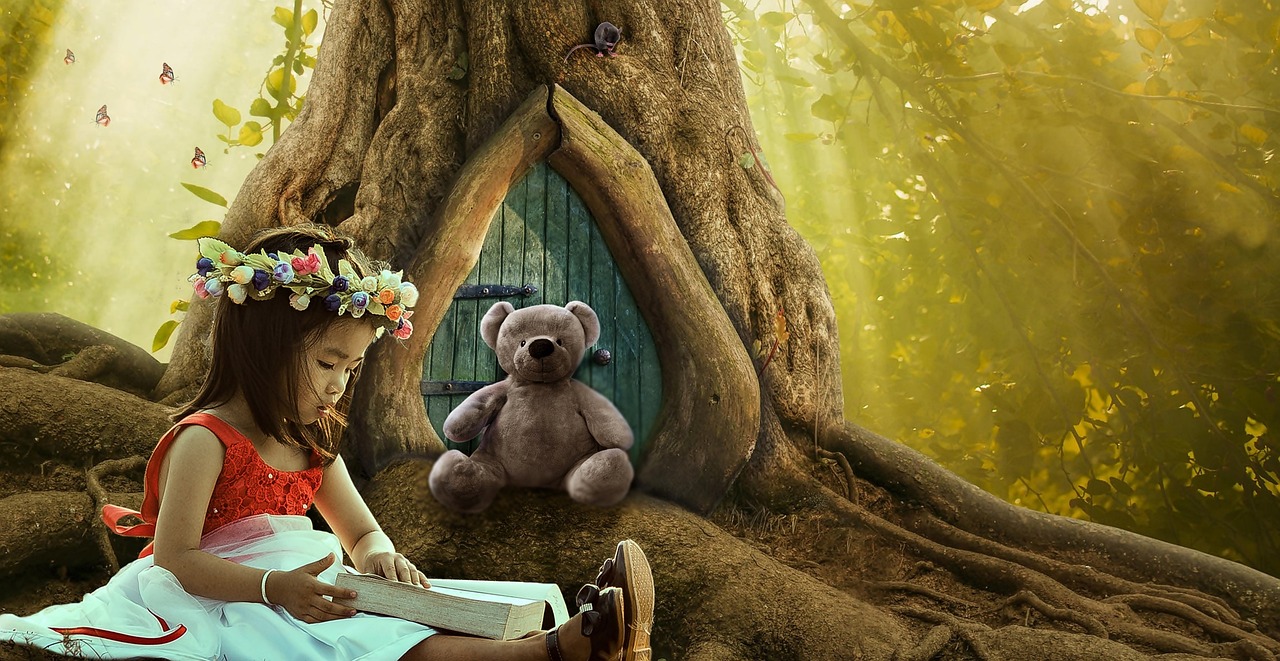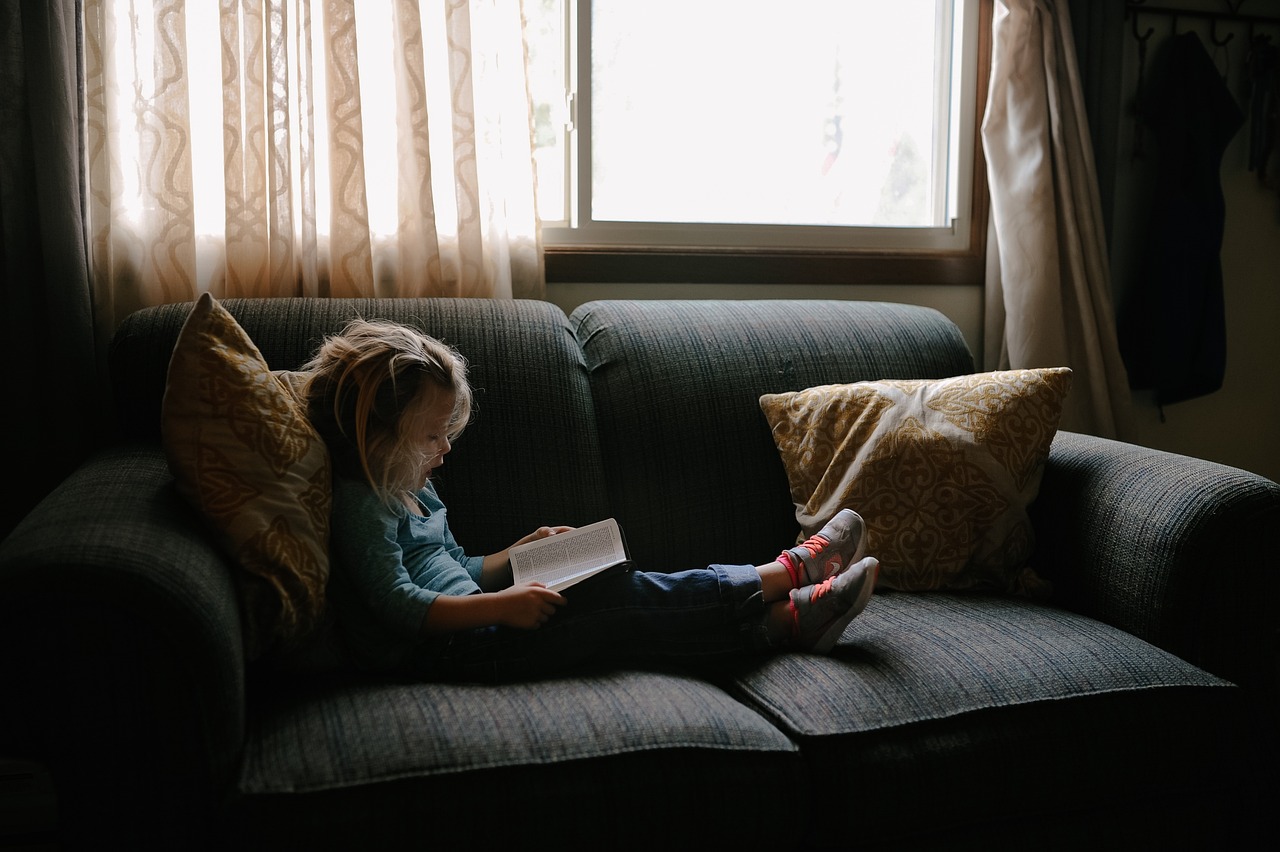In a world where digitization is becoming more and more prominent in our everyday lives, the debate between audiobooks and physical books for children continues to engage parents, educators, and book lovers. While both formats have their own lists of pros and cons, they offer distinct experiences that can impact a child's cognitive development in different ways. Here, we explore the realms of imagination and literacy, unravelling the differences between audiobooks and physical books, and discovering which one might be the better option for your child.
Engaging the Senses: Touch vs. Listening
Physical books provide a tangible experience that engages a child's senses on multiple levels. The texture of paper, the smell of fresh ink, and the act of turning pages contribute to a rich sensory experience. This helps in developing fine motor skills and spatial awareness, stimulating a child's brain through touch. On the other hand, audiobooks transport children to a different kind of sensory experience. By listening to captivating narrations, children sharpen their listening skills, enhance their vocabulary, and develop a keen sense of imagination as they visualize the story in their minds.
 Image by Lubov Lisitsa from Pixabay
Image by Lubov Lisitsa from Pixabay
Language Acquisition: Reading vs. Listening
Reading physical books allows children to decode words, comprehend sentence structures, and absorb the nuances of language at their own pace. This active process nurtures reading comprehension, expands vocabulary, and enhances critical thinking skills. It also encourages children to develop their own inner voice while exploring written narratives. Audiobooks, on the other hand, provide an opportunity for children to develop their listening skills and ability to focus on spoken language. By immersing themselves in well-narrated stories, children can refine their pronunciation, intonation, and speech patterns, which can be especially beneficial for language learners.
 Image by Ri Butov from Pixabay
Image by Ri Butov from Pixabay
Imagination and Visualization: Pictures vs. Mental Canvas
One of the unique aspects of physical books is the presence of illustrations that bring stories to life. Colorful illustrations not only captivate children's attention but also aid in comprehension, sparking their imagination and helping them connect with the narrative. Pictures provide visual cues that assist in understanding the plot and characters. In contrast, audiobooks foster the development of a child's mental canvas, encouraging them to paint vivid images in their minds based solely on the words they hear. This imaginative exercise allows children to create their own interpretations of the story, stimulating creativity and encouraging independent thinking.
 Image by NoName_13 from Pixabay
Image by NoName_13 from Pixabay
Flexibility and Multitasking: Portability vs. Mobility
Physical books offer a tangible flexibility that can be enjoyed anywhere, anytime. They do not rely on batteries or electronic devices, making them accessible in all settings, whether at home, in the park, or on a road trip. Children can flip through the pages, revisit favorite passages, and easily jump back and forth in the story. Alternatively, audiobooks provide mobility and convenience. They can be enjoyed while commuting, during bedtime, or while engaged in other activities like drawing or playing. Audiobooks offer a hands-free experience, allowing children to multitask and explore stories while their hands and eyes are occupied with other tasks.
 Image by StockSnap from Pixabay
Image by StockSnap from Pixabay
When it comes to choosing between audiobooks and physical books for children, there is no definitive "better" option. Both formats offer unique benefits that contribute to a child's cognitive development. Physical books engage their senses and promote enhanced focus and concentration, while audiobooks sharpen listening skills and encourage imaginative thinking. Ultimately, a balanced approach that incorporates both formats can provide a well-rounded literary experience for young readers.








